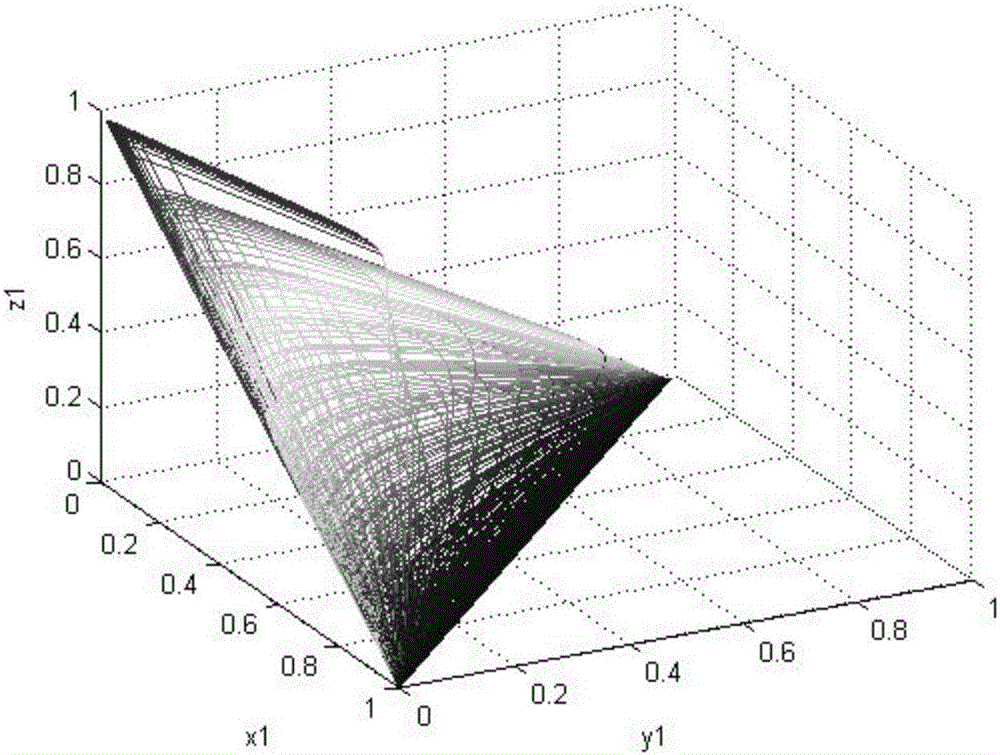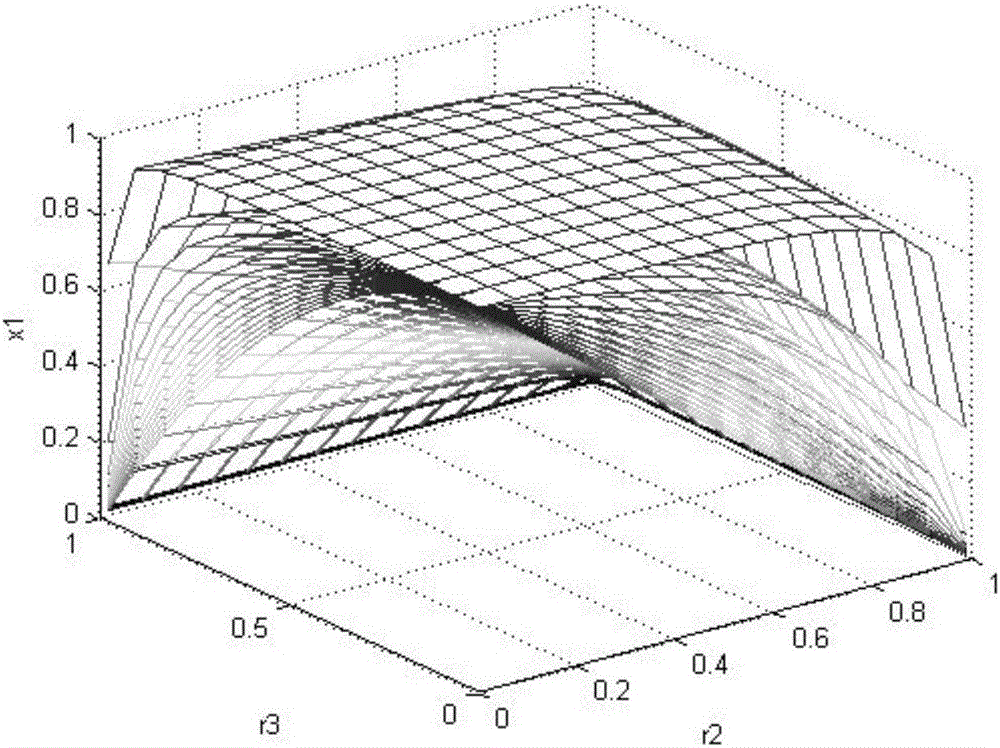Dynamic alliance profit allocation method based on bargaining model
A benefit distribution and bargaining technology, applied in the field of technical economy and management, can solve problems such as large cooperation projects, unsuitable risks, and many one-time models
- Summary
- Abstract
- Description
- Claims
- Application Information
AI Technical Summary
Problems solved by technology
Method used
Image
Examples
Embodiment Construction
[0028] Embodiments of the present invention are described in further detail below in conjunction with the accompanying drawings:
[0029] A dynamic alliance benefit distribution method based on bargaining model, such as figure 1 shown, including the following steps:
[0030] Step 1. Set the project income, the project input of each participant and the acceptable income range of each participant. Each participant will quote for the benefit distribution in turn. If one party is still unwilling to reach an agreement within the bargaining period, it will be negotiated rupture.
[0031] In this embodiment, taking three parties A, B, and C as an example, the input of A, B, and C to participate in the project is C 1 、C 2 、C 3 , the item of interest is R. Then the acceptable range of returns for the three is [C 1 ,R], [C 2 ,R], [C 3 ,R]. If one party is still unwilling to reach an agreement within the time limit for bargaining, the negotiation will break down, and the distrib...
PUM
 Login to View More
Login to View More Abstract
Description
Claims
Application Information
 Login to View More
Login to View More - R&D
- Intellectual Property
- Life Sciences
- Materials
- Tech Scout
- Unparalleled Data Quality
- Higher Quality Content
- 60% Fewer Hallucinations
Browse by: Latest US Patents, China's latest patents, Technical Efficacy Thesaurus, Application Domain, Technology Topic, Popular Technical Reports.
© 2025 PatSnap. All rights reserved.Legal|Privacy policy|Modern Slavery Act Transparency Statement|Sitemap|About US| Contact US: help@patsnap.com



